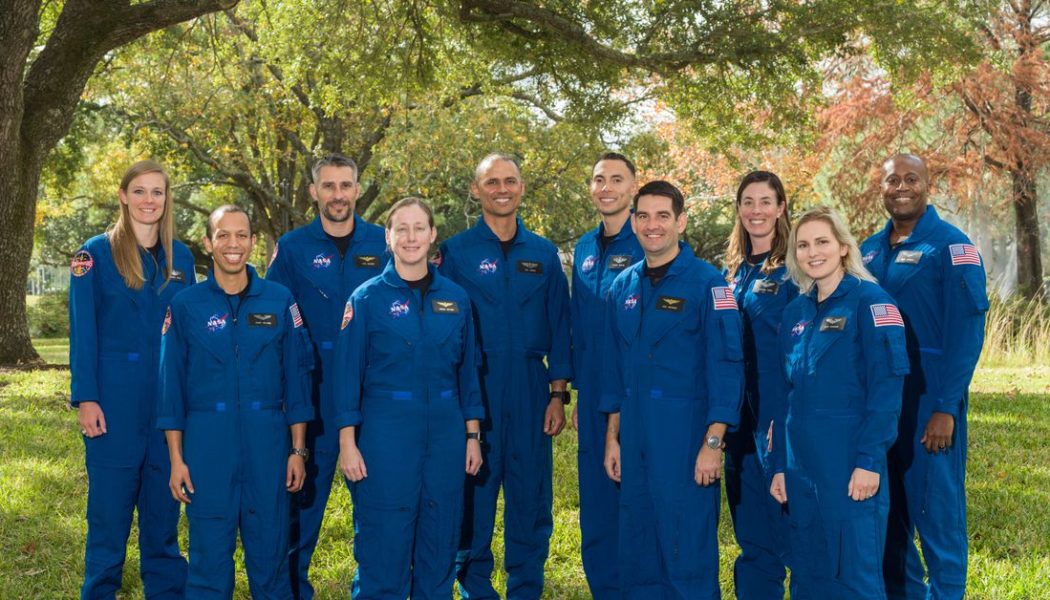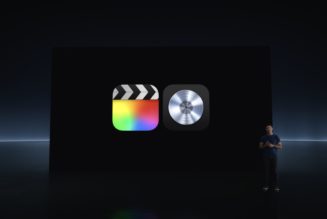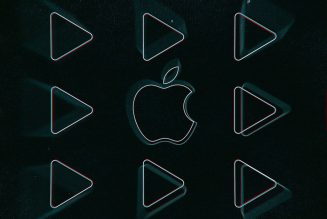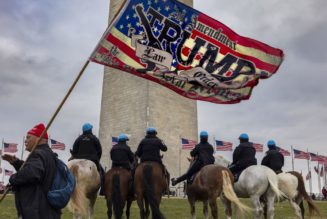
Today, NASA announced the selection of its newest class of astronauts: six men and four women chosen from more than 12,000 people who applied to the space agency in March of 2020. Once they train and become full astronauts, these selectees have some exciting spaceflight opportunities ahead of them, potentially including flights to the Moon someday.
The astronauts announced today are part of the so-called Artemis Generation. The name is a reference to NASA’s Artemis program, which aims to send the first woman and the first person of color to the lunar surface as early as 2025 (a landing date that is considered incredibly ambitious). The program calls for launching astronauts on a series of flights into deep space on NASA’s new massive rocket, the Space Launch System, or SLS, eventually culminating with humans landing on the Moon once again.
“These NASA astronauts will plan, train, and fly missions to the International Space Station and to the moon under Artemis, and eventually onto Mars,” Vanessa Wyche, director of NASA’s Johnson Space Center, said during a presentation announcing the astronauts.
NASA has yet to assign crews to any of the missions associated with the Artemis program, so technically the flights are still up for grabs. However, in December of 2020, NASA revealed the Artemis Team, 18 astronauts already part of the space agency who could potentially be selected to fly on Artemis missions. Presumably, the candidates selected today will join the pool that NASA chooses from. Aside from lunar missions, NASA is still regularly flying astronauts to and from the International Space Station on SpaceX’s Crew Dragon spacecraft. Eventually, Boeing’s CST-100 Starliner will also take astronauts to the ISS when it’s deemed ready.
But before the new recruits can fly, they have to train. The astronauts will go through roughly two years of training at NASA’s Johnson Space Center in Houston, which includes flying in the agency’s fleet of T-38 jet aircraft, spacewalk training, robotics work, and more. If that all goes well, they’ll eventually graduate to full astronaut status.
“Today, we welcome 10 new explorers — 10 members of the Artemis generation,” NASA administrator Bill Nelson said during the ceremony. “It was the Apollo generation, and that did so much for so many. Now it’s the Artemis generation.”
The new class of astronaut candidates includes:
- Nichole Ayers
- Marcos Berríos
- Christina Birch
- Deniz Burnham
- Luke Delaney
- Andre Douglas
- Jack Hathaway
- Anil Menon
- Christopher Williams
- Jessica Wittner
Most of the group has some kind of military experience, with various members currently or formerly enrolled in the US Air Force and Navy. Burnham, meanwhile, is a drilling engineer from Alaska, while Menon was recently working as a medical officer at SpaceX. Ayers is also one of just a few women currently flying the F-22 for the Air Force, according to NASA, and she “led the first ever all-woman formation of the aircraft in combat.” Learn more about the astronaut candidates’ backgrounds here.
In order to be considered as a NASA astronaut, candidates must be a US citizen and have a master’s degree in a STEM-related field from an accredited university. On top of that, applicants must have at least 1,000 hours of piloting a jet aircraft or at least three years of experience in a STEM-related field. With all those requirements in hand, finalists must then pass a NASA physical before being considered.








